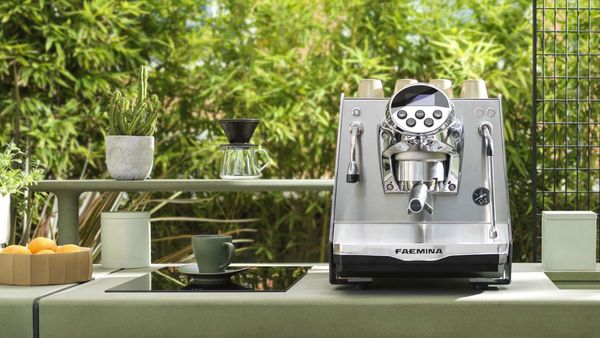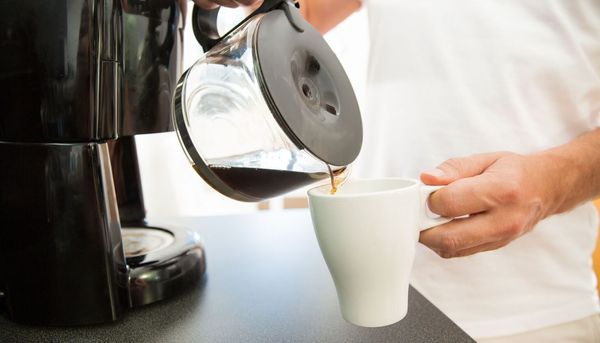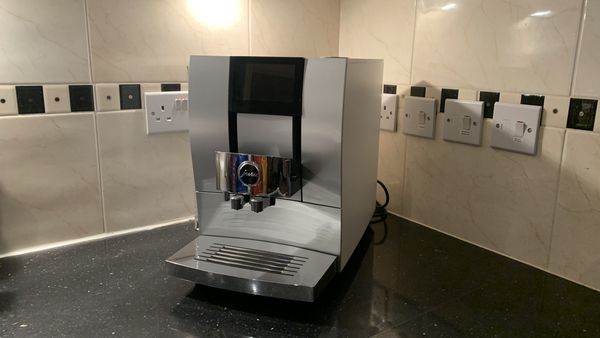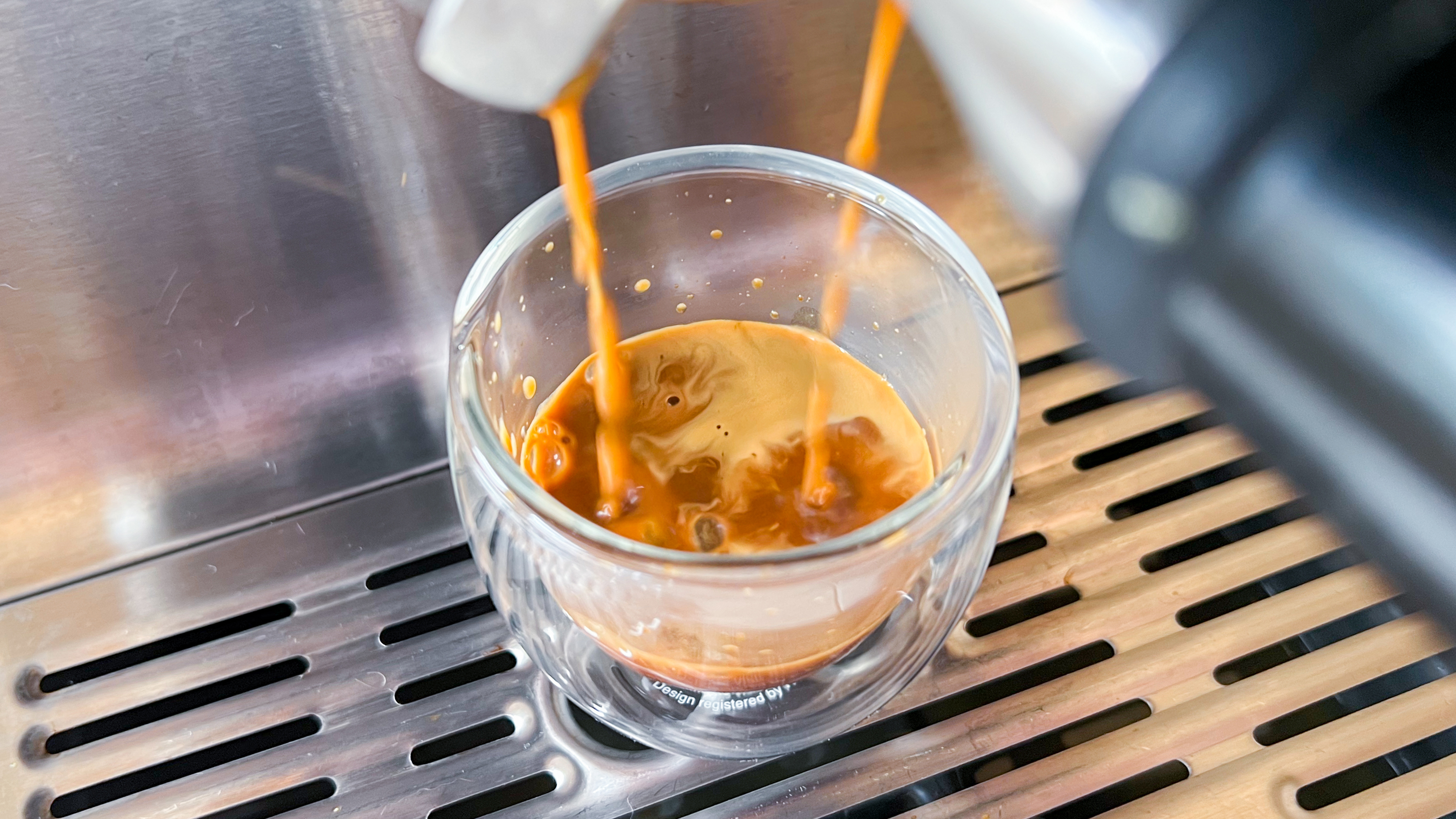
Whether you're an espresso epicurean, an Aeropress aficionado or a French press fanatic, there's a good chance you've made a few dodgy brews in your time. Even the most experienced coffee connoisseurs are fallible, no matter how proud they are of their brewing prowess.
And that's because, when it comes to coffee, there's so much to get right, meaning there's equally as much to get wrong. Whatever your experience level, the smallest of mistakes can ruin your morning coffee entirely, or at the very least cause sub-par results. What's more, you might not even know you're making a brewing mistake at all, and could actually be drinking better coffee.
Happily, however, many of the mistakes we coffee drinkers make are commonplace, and can be easily identified and rectified. This guide will run through some of the easiest mistakes to make, the effects they'll have and how to correct them, including expert advice on choosing, preparing and storing your coffee from Logan Allender, Director of Operations and Head of Coffee/Tea Sourcing at coffee subscription service Atlas Coffee Club.
Without further ado, here are 9 coffee brewing mistakes you could be making.
1. Using grocery store pre-ground
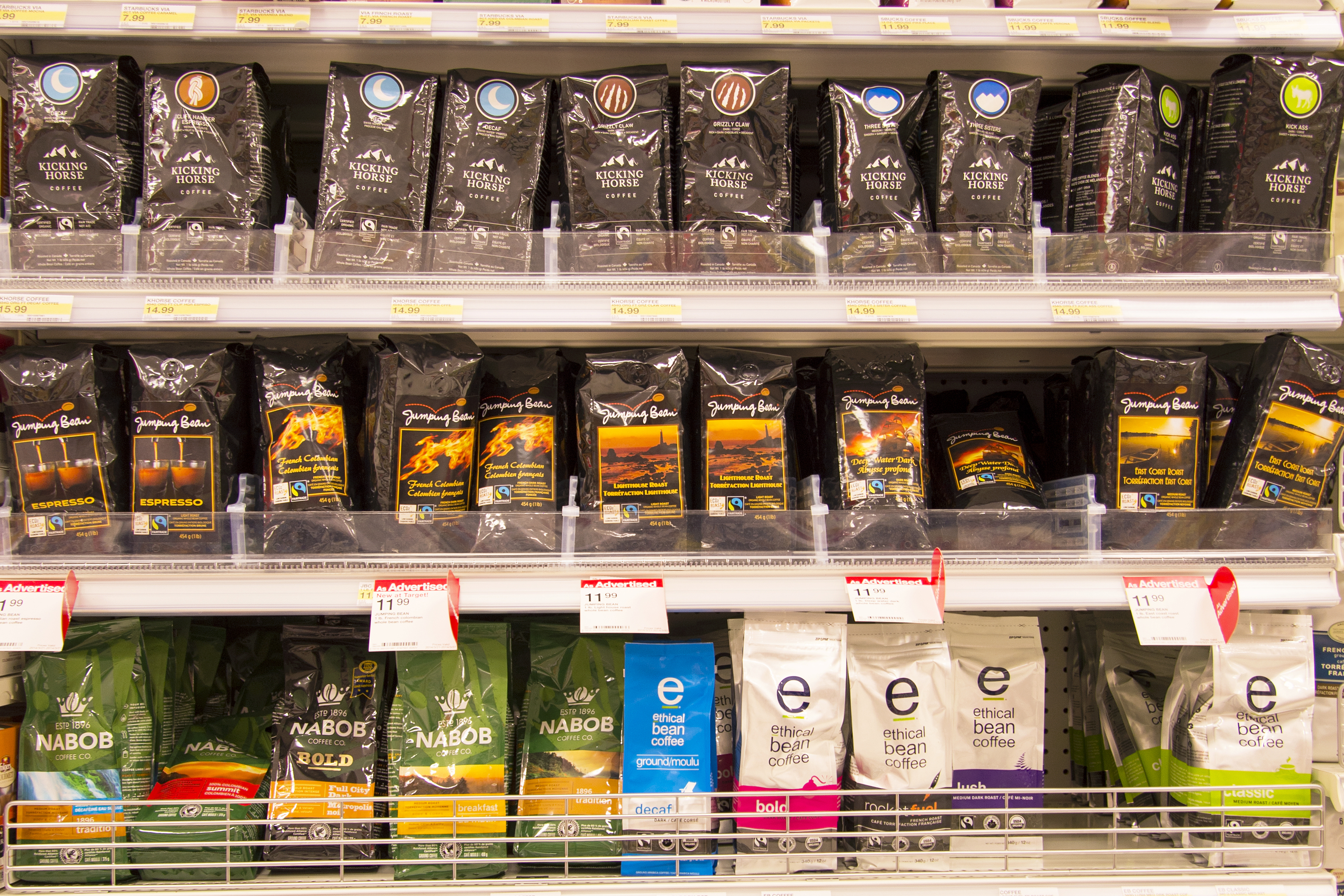
Our first tip isn't actually a brewing mistake. However, buying grocery store pre-ground coffee is an error that can seriously affect the outcome of your brewing later down the line.
"Pre-ground coffee is essentially stale if you are getting it from a grocery store," explains Logan. "By increasing that surface area through grinding, coffee is able to go stale much faster. Atlas ships directly to consumers and we grind the same day as shipping. Grocery stores often have coffee several months old on the shelves. "
If your coffee was ground anything more than a couple of weeks ago, then it's no longer at optimal flavor. If we're talking months, then lots of flavor will have been lost. Buying whole bean coffee from the grocery store will be better than pre-ground, but still isn't ideal if you don't know when it was roasted — coffee beans are best within a month of roasting. Large manufacturers aren't keen on adding a roast date, as that would effectively be admitting how long their coffee has been sat around, so you'll rarely find a date on grocery store bags.
Solution: Purchase whole bean coffee and grind yourself if possible. Either way, look for a roast date on the pack of coffee and buy one that has been recently roasted (and therefore ground).
2. Storing coffee incorrectly
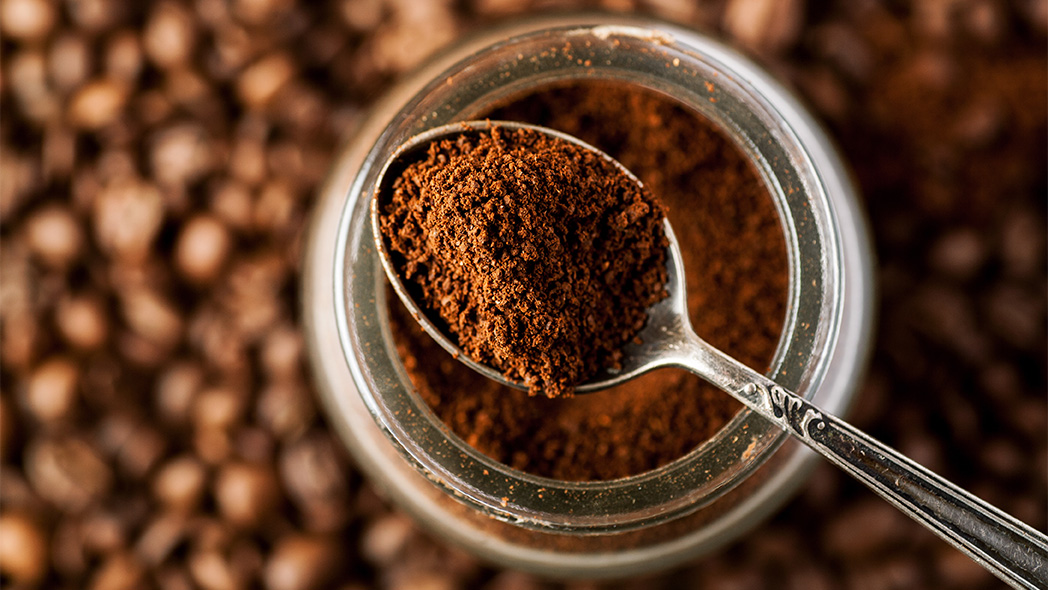
Another pre-brew mistake is the incorrect storage of coffee. "Coffee will eventually dry out and a lot of the sweetness or any fun volatiles will dissipate," says Logan. "Conversely, with darker roasts, which produce oil on the outside of the beans, the coffee can get rancid by leaving it out to air or light. I always use the stuffing or crouton metaphor: a loaf of bread stays fresher longer than if you slice it all up."
As with other foodstuffs, coffee stays fresher for longer when kept in an airtight container, as air and moisture lead to the beans spoiling. So, if you're just keeping it in an open bag, regardless of whether it's in the refrigerator or not, you won't be keeping your coffee as well as you can.
However, that's not all there is to it. As coffee sits and ages, it releases carbon dioxide. If the coffee is trapped within the gas, flavor can again be affected. As such, you should be storing coffee in a container with a one way valve, which lets carbon dioxide escape but doesn't let air in.
Solution: Store your coffee in an opaque airtight container with a one way valve. You could buy something like this Veken Airtight Cannister ($29, Amazon), although many coffee roasters supply their coffee in bags which feature plastic ziplocks and one way valves, so you can just keep the coffee in those. "Similar to medicine, keep it cool, dry and away from light. These things tend to speed up oxidation and ultimately rancidity of coffee," advises Logan.
You can also freeze your coffee. "You can do this once," Logan adds. "If you know you will not use the coffee for a while, store it in an airtight vessel and you can freeze it for months. But if you are taking it out and returning it to the freezer often, that refreezing will begin to damage the coffee along with introducing unwanted moisture."
3. Grinding your coffee incorrectly
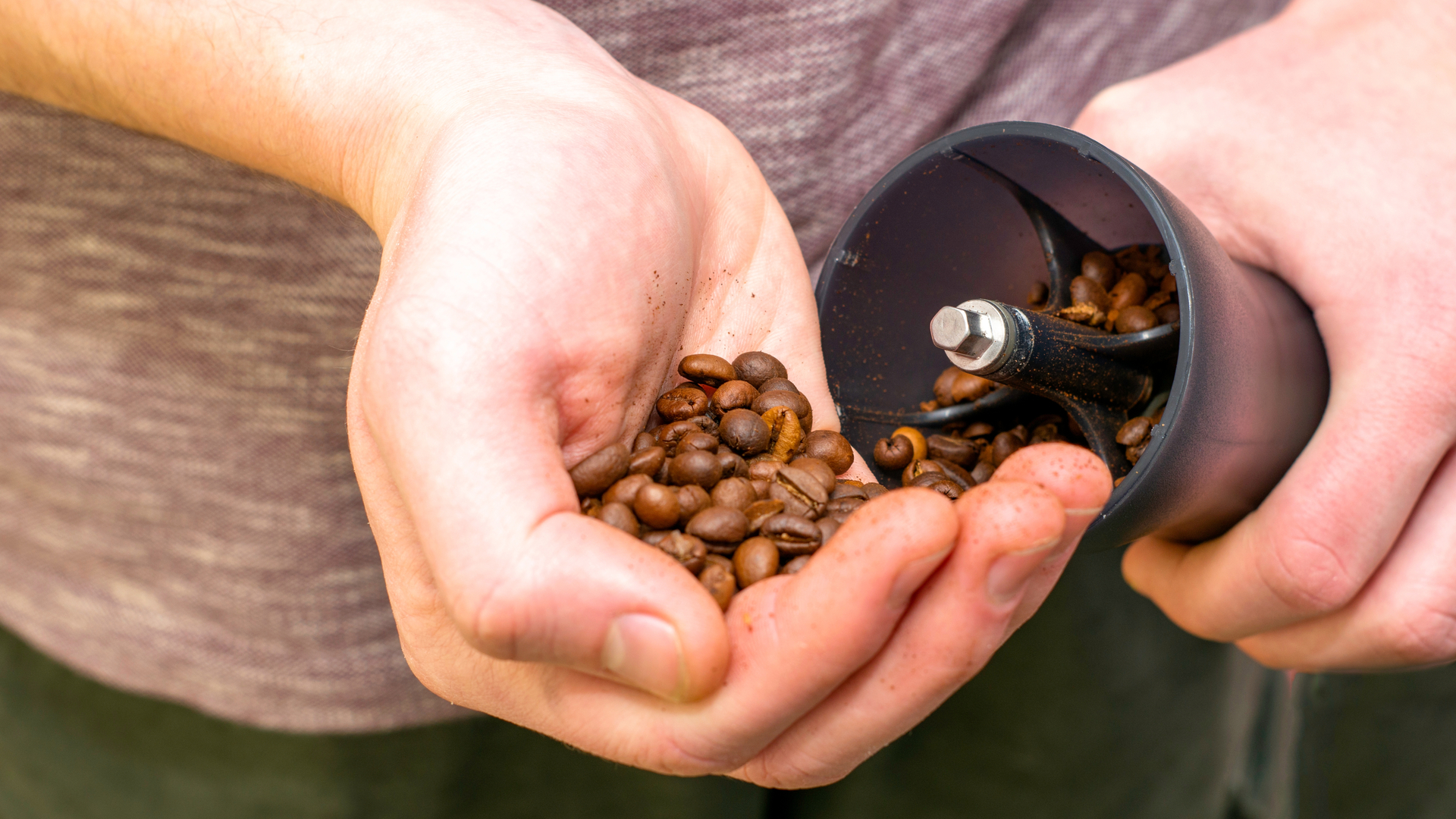
There's an adage in espresso circles that you're better off by spending more money on a grinder than you are on an espresso machine. That's because you could have the most expensive espresso machine around, and with an incorrect grind consistency, you'll still brew terrible coffee.
"This has probably the largest impact on taste," says Logan. "You can either end up with grounds in your cup, or even grind too fine as to stall your brew altogether. We want to create enough surface area to allow for proper extraction of flavors, while still allowing water to be able to freely flow. Any stagnation of water means we are over extracting, and can create an uneven brew."
Solution: "The best practice is to invest in a nice burr grinder," Logan says, as opposed to a blade grinder. Burrs grind the coffee between two surfaces, while blades smash the coffee to bits. Burr grinders therefore give a more consistent grind and allow you to fine-tune your grind, making them a better purchase.
Ensure your grind is appropriate for your brew method — this can vary based on roast, beans and equipment, and can take some trial and error. Roughly speaking, however, you want to aim for:
- Extra fine grind: Turkish
- Fine grind: Espresso, Aeropress
- Medium: Drip machine, Aeropress, Mokka
- Medium coarse: Pour over
- Coarse: French press
4. Choosing the wrong coffee roast (for your preference)
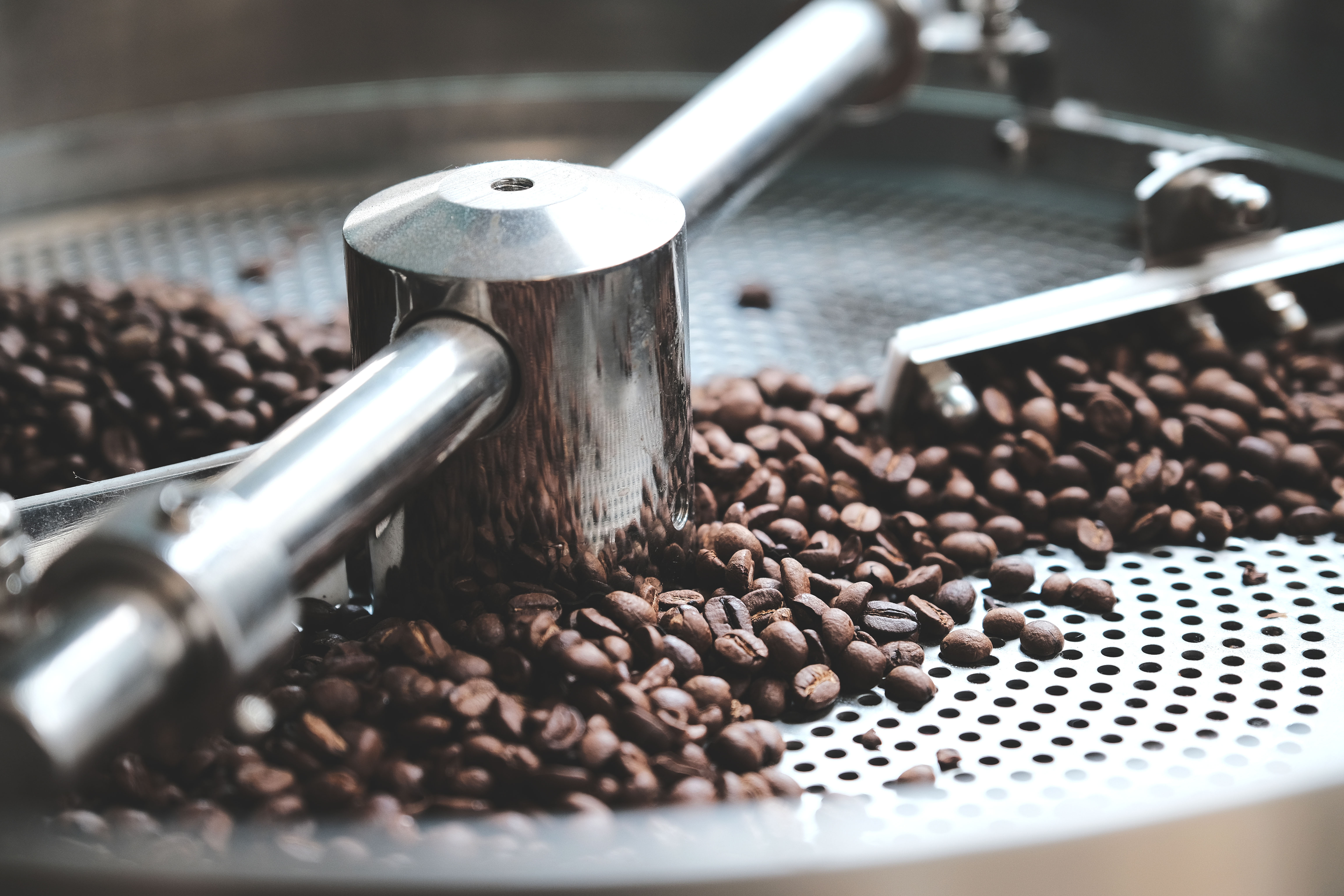
How beans are roasted completely changes the flavor of your final drink, whatever brew method you use. As such, using beans that have been roasted in a way that doesn't agree with your preference could result in an unenjoyable drink.
"This is really a preference," says Logan. "Any roast type can be used with any brewing method. You can have great espresso with a lighter or darker roast, while the same is true for any pour over. That being said, lighter roasts tend to have less body and viscosity, and typically have higher top notes, with acidity, florality, and maybe even some fruitier notes depending on the brewing process. Darker roasts are going to promote more body and viscosity, but can also present flavors that are more bittersweet like a dark chocolate or roasted nut."
Solution: Check the back of your coffee pack before you purchase to see how the beans have been roasted. Experiment with different roasts until you find what you like. Also pay attention to any recommendations on the packaging — for example, you might see that the vendor/roaster recommends a certain bean specifically for filter or espresso.
5. Not weighing your coffee
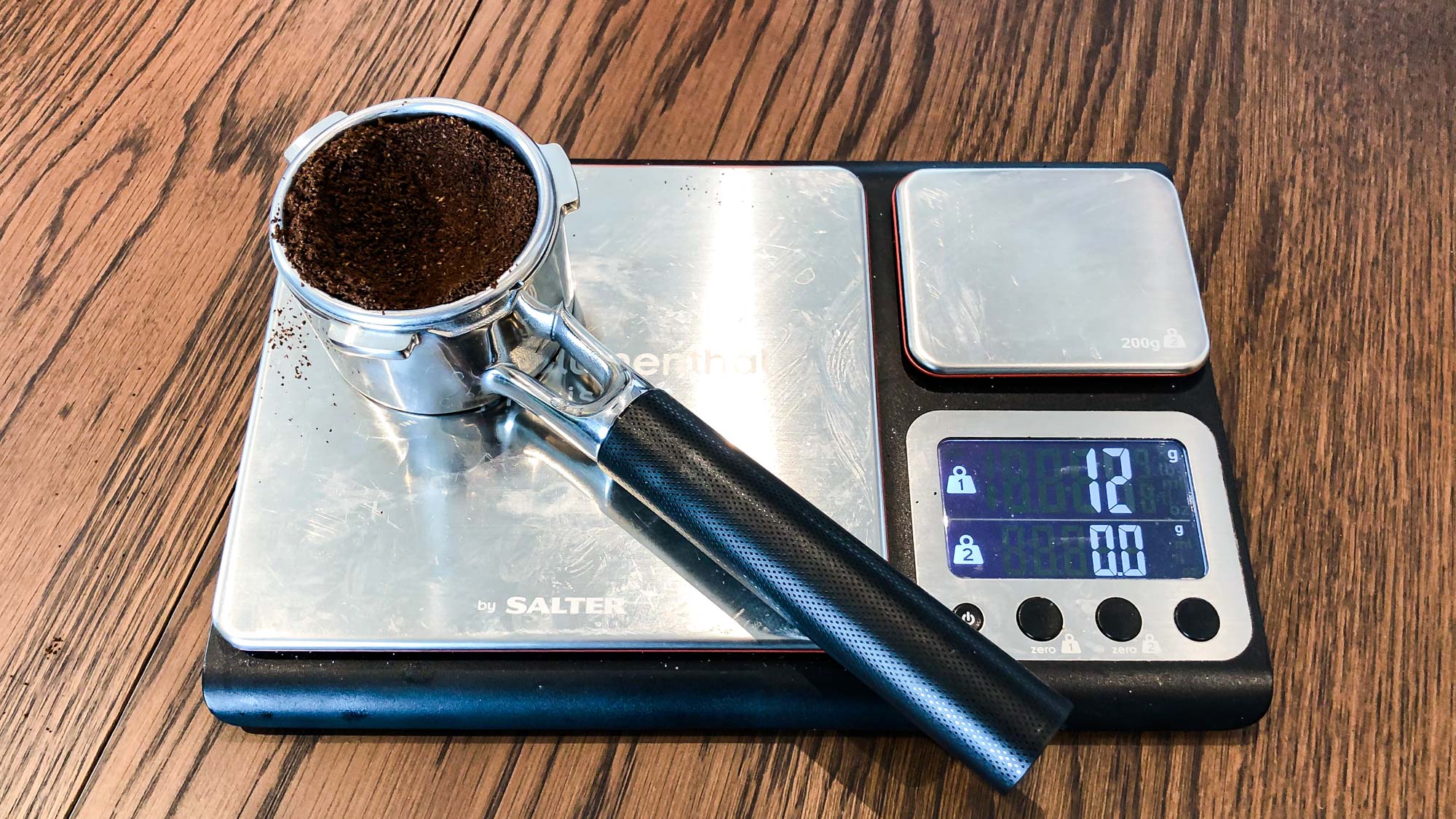
A mistake that many people make when brewing is not measuring the beans or grounds before they start preparing the coffee with water. Coffee scoops are commonplace — often sold with bags of coffee or with coffee makers like French presses. Short of simply eyeballing a handful of grounds, though, coffee scoops are just about the worst way of deciding how much coffee to use, as they don't provide a consistent result every time. Changing the amount of coffee grounds in your drink will impact the final flavor, so you want complete control over this.
Solution: Invest in a weighing scale sensitive to 0.1g. Weigh your coffee grounds before you add water to ensure you're using a consistent amount of grounds each time. If you have a low-retention grinder (meaning it outputs pretty much all the coffee beans you put in), you can also just measure the beans before you grind. Decent espresso scales can be found for under $20, like this Weightmann coffee scale ($19, Amazon).
6. Using an incorrect brew ratio
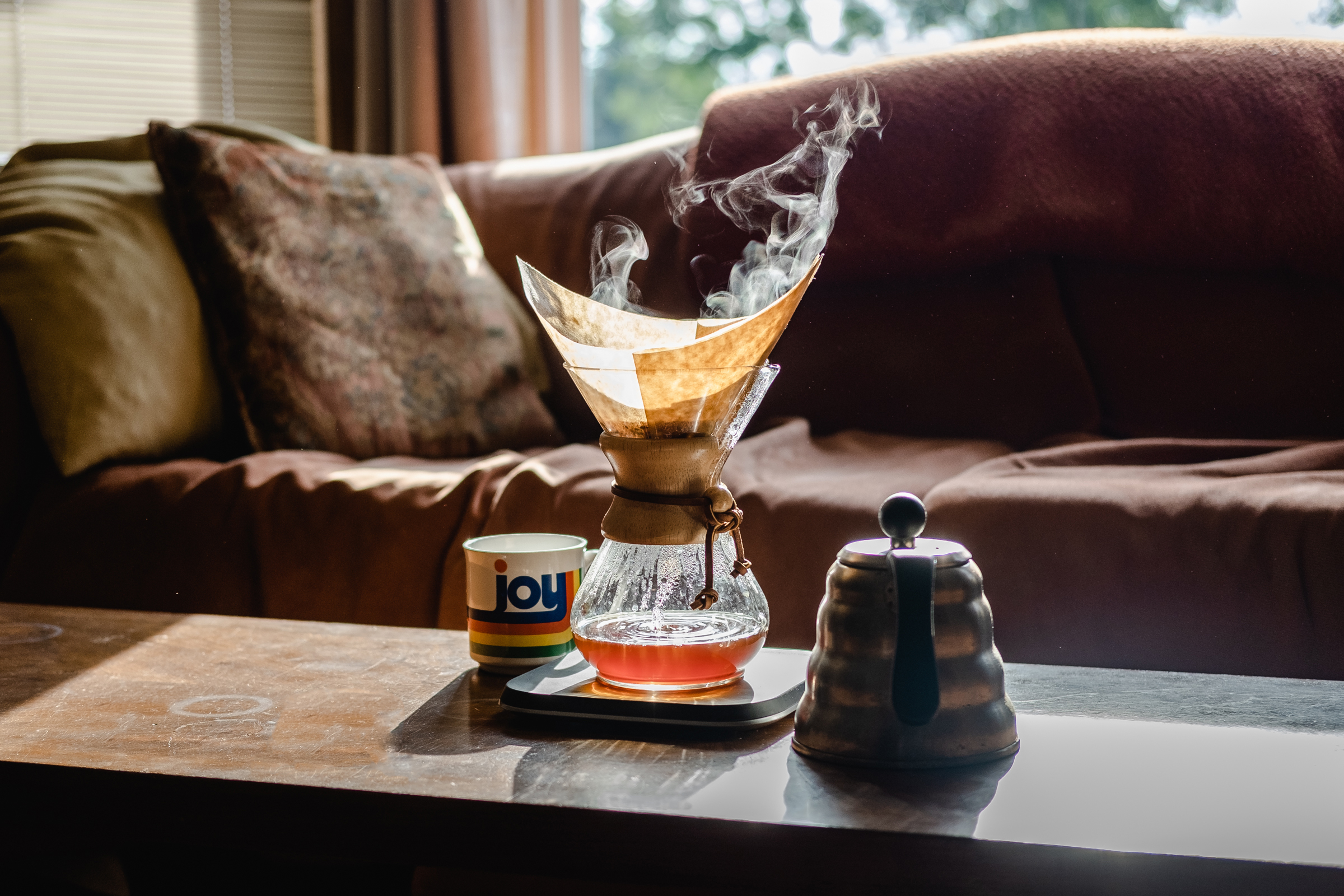
Related to weighing coffee is your brew ratio — the amount of coffee to the amount of water used to brew it — which is commonly overlooked by many but which can have drastic effects on the taste and consistency of your coffee. If you're using much less water than you should, your coffee is going to be more intense than you may want. If you're using more water, the coffee flavor will be diluted. So it's important to get this right.
Brew ratio is important in all types of coffee preparation, but with espresso, it gets complicated, so read more in our how to make espresso article. Similarly, many automatic coffee makers will sort out your brew ratio for you, meaning you don't need to worry about it, while drip machines will apply a preset amount of water to the specified amount of grounds. For pour over, Aeropress and French press, brew ratio is decided simply by how much coffee and water you pour in.
Solution: As per step 5, weigh your coffee every time to ensure you're always using the correct amount of coffee. You can also use the scales to weigh the water you add. A good starting ratio that works well for Aeropress, French press and pour over is around 15-18g per 300ml of water. Give that a go and adjust the amounts to your taste. More coffee and/or less water will give you a stronger drink and vice versa.
7. Not timing your brew
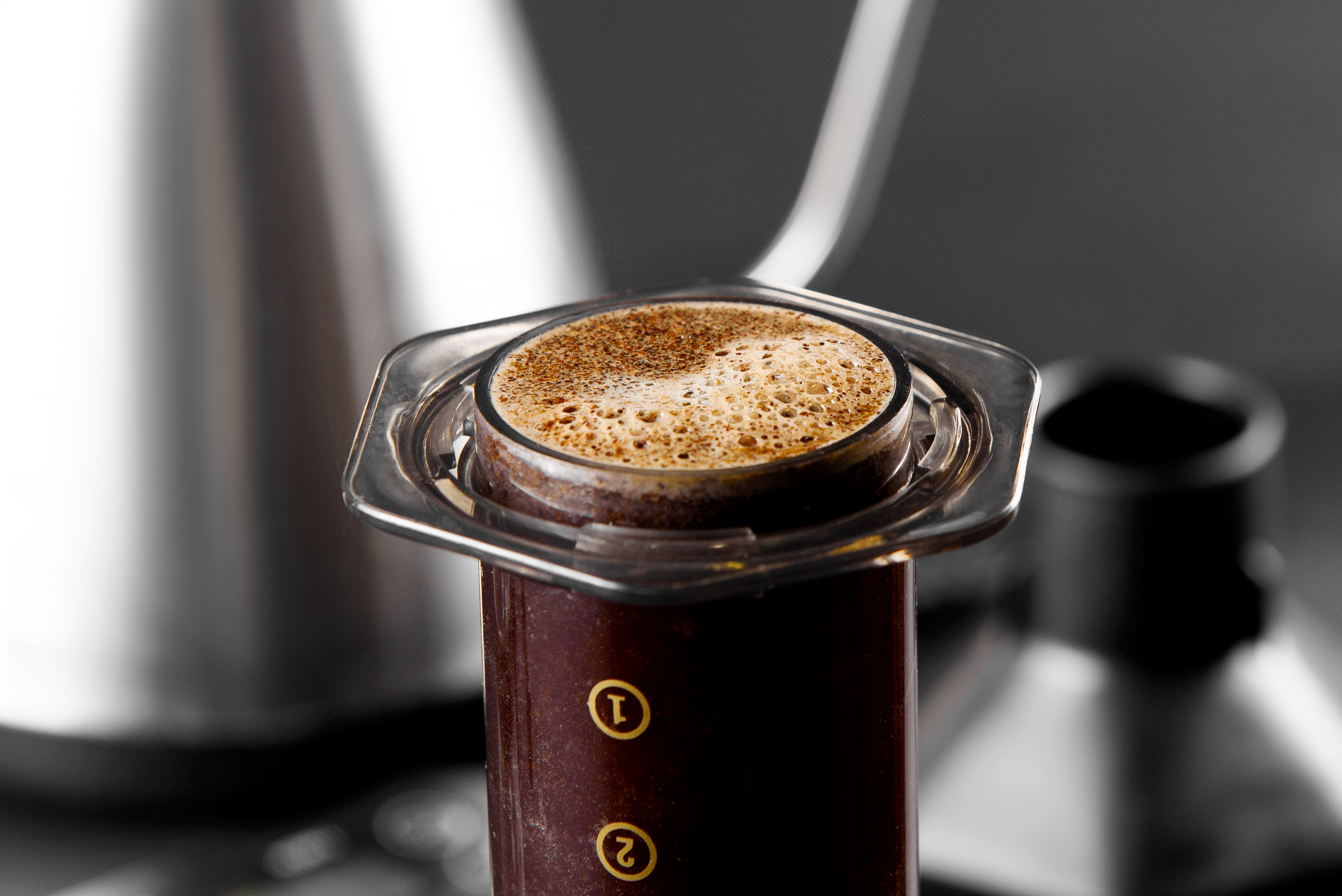
When I started out making coffee, many years ago, using a French press, I would simply add my coffee, pour over my hot water, give it a stir and throw down the plunger. If that sounds like you, then you also need to start paying more attention to your brew time, as the amount of time you leave coffee grounds exposed to water vastly affects how much the coffee cooks, and therefore the flavor and consistency of the drink.
Again, this is complicated with espresso, and is often pre-determined with Mokka pots, machine drip or automated coffee makers. But for other preparation methods your brew time is well within your control.
Solution: Choose a brew time that's appropriate for your preparation method and use a timer on your phone or your coffee scale to time the shot. The minimum brew time for French press should be around 5 minutes, although if you pay attention to a few details, you can safely go for longer (I use James Hoffman's technique, around 9 minutes of brew time).
Pour over usually requires around a 4-minute brew time, allowing for gaps in pouring to let gases escape and the water drain. See our guide on how to make pour over coffee for more details.
Aeropress requires a shorter brew time — around 2-3 minutes — as the immersion brewing (where the coffee is cooked by being immersed in the water) is combined with percolation (using pressure to extract flavor), meaning less time is needed.
8. Not allowing a bloom
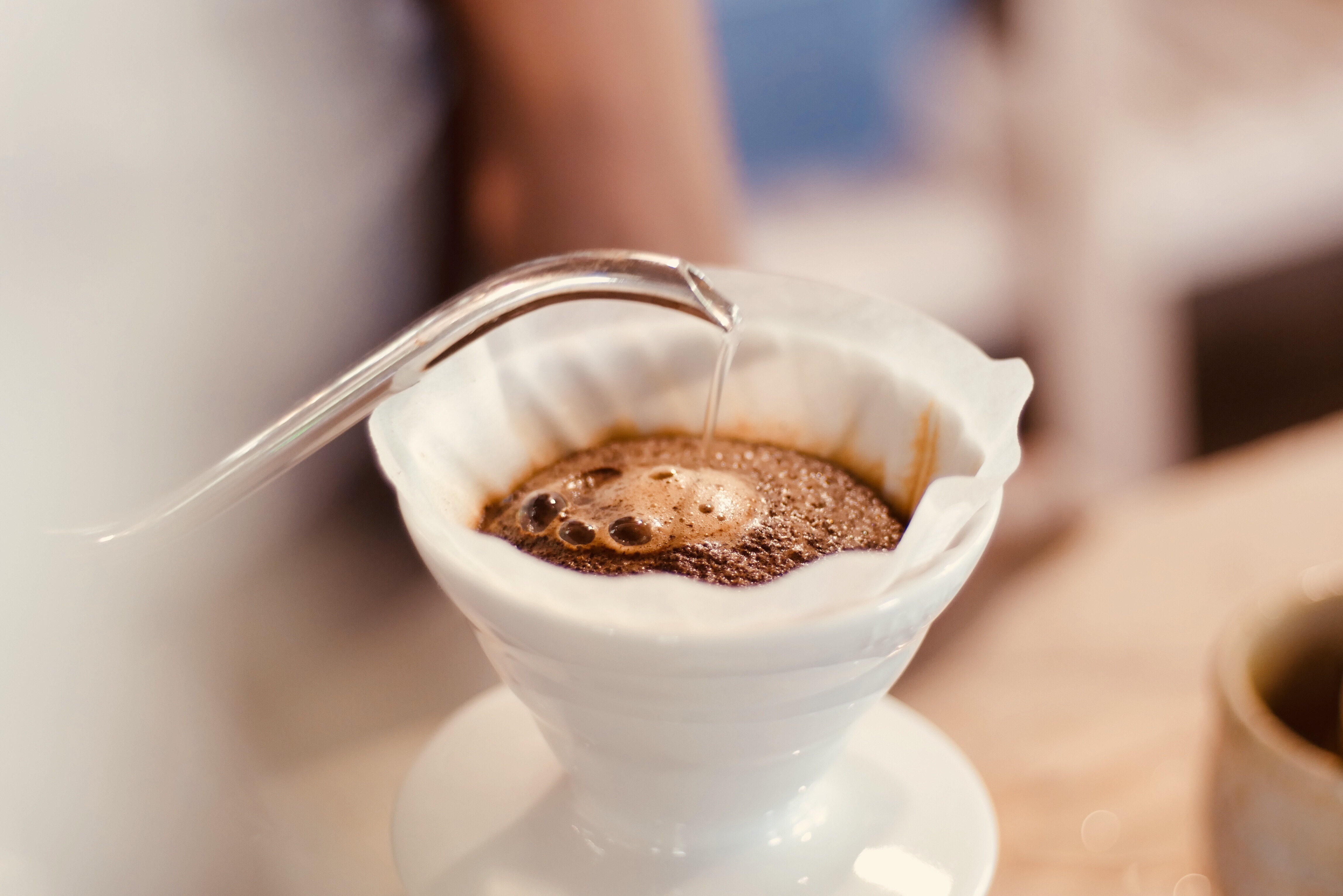
If you brew pour over or Aeropress coffee, you need to know and account for the bloom phase of coffee making. A bloom phase is where, after pouring water over grounds, carbon dioxide starts to be released from the coffee. Allowing time for the bloom allows the gas to escape, and therefore be of no detriment to the flavor of the coffee. So, if you aren't building a bloom phase into your brewing time, you should be!
This is not necessary for most types of coffee brewing, but is important during pour over or Aeropress. With both of these methods, the weight of the water being poured over coffee that is blooming can trap the carbon dioxide.
Solution: After your initial pour to wet the grounds, leave the coffee for around 30 to 45 seconds for the carbon dioxide to escape. After that, you can fill up your Aeropress or start your next pour over round.
9. Not cleaning your equipment
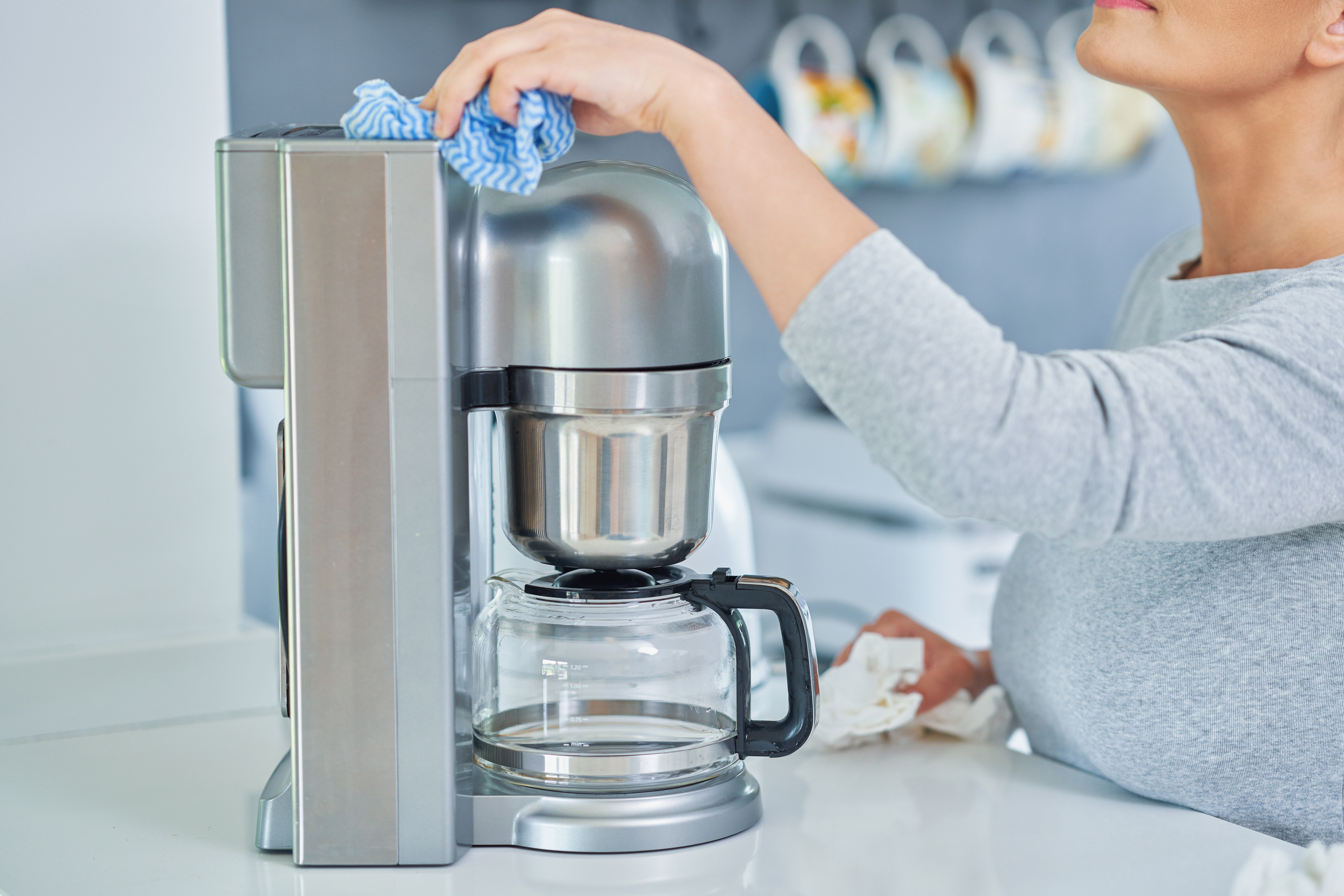
Just as important as your pre-brew and brewing techniques is how you keep your equipment afterwards. Leaving your kit unwashed will leave remnants of coffee and obviously affect the taste of your next batch. Even if you're using a plastic pour over funnel like a V60, old musty coffee flavour can still build up on the funnel and impart flavor to future drinks. What's more, any hot coffee grounds that get left in your equipment can quickly go mouldy.
Solution: Clean any coffee equipment after use according to manufacturer instructions. For smaller brew methods such as French press, Aeropress, mokka and pour over, you can simply wash reusable parts in soapy water. Machine brewers such as espresso machines, automated coffee machines and drip filter machines should be descaled on a regular basis.
Keep any steam wands clean too — old spoiled milk is definitely something you don't want in your drinks. Grinders should be opened up, brushed out and wiped on a regular basis to remove old grounds.
Interested in more coffee guides? We can also show you how to make iced coffee, how to make a cold brew coffee and how to make a French press coffee.






